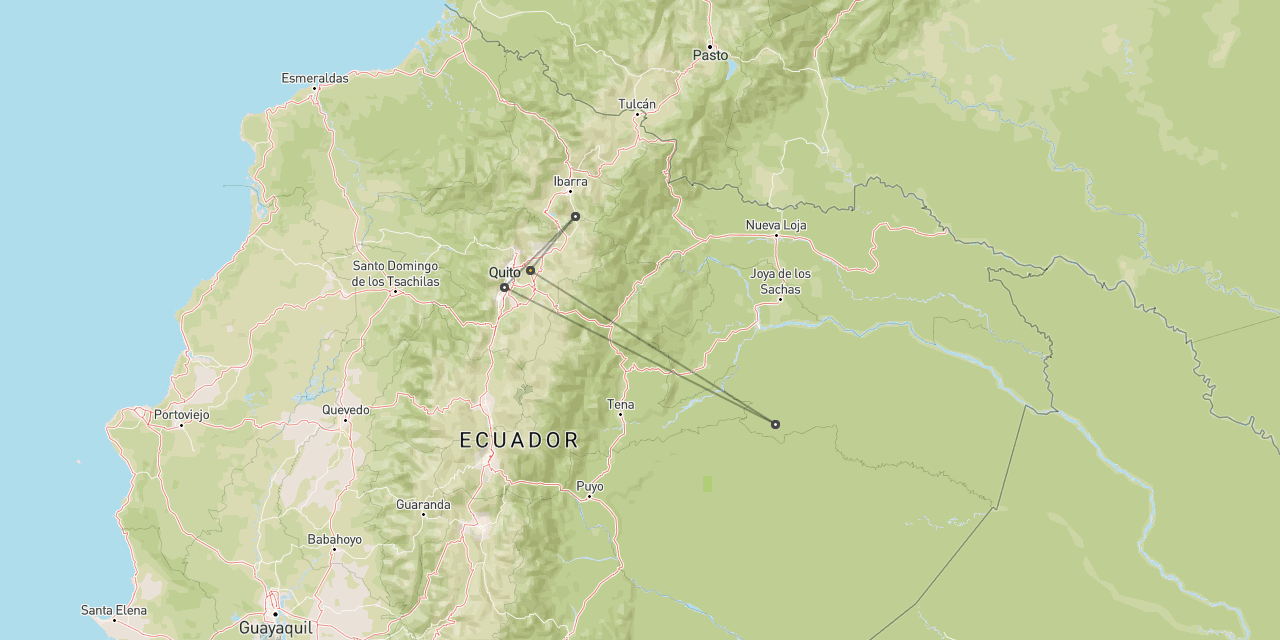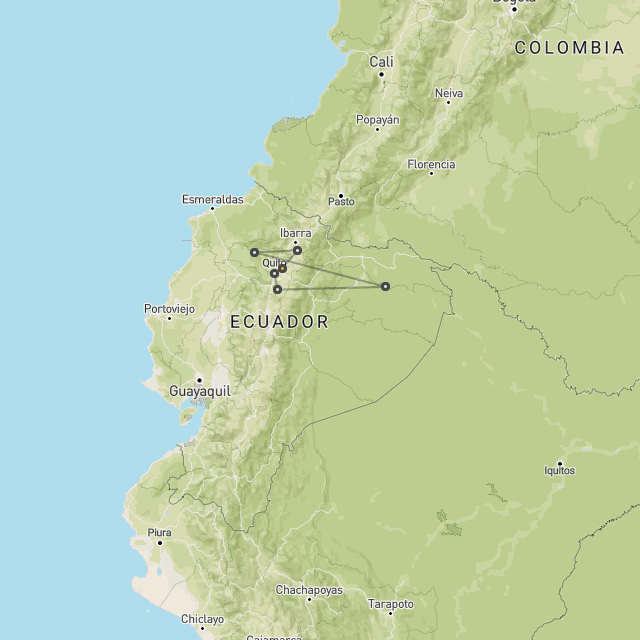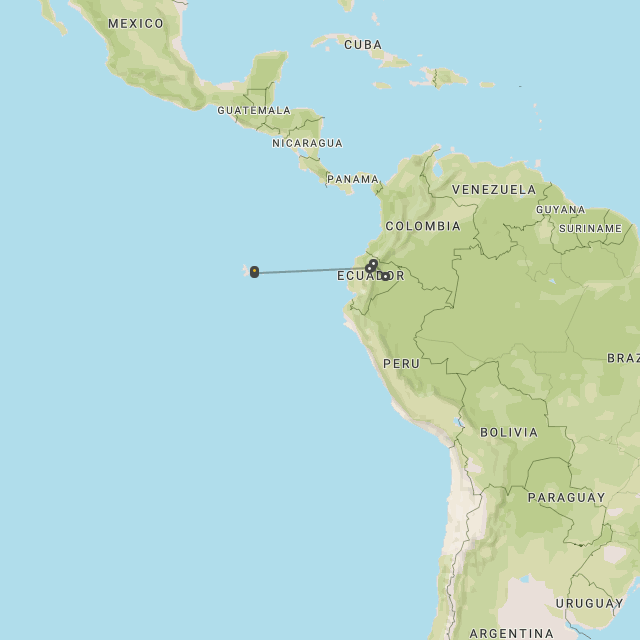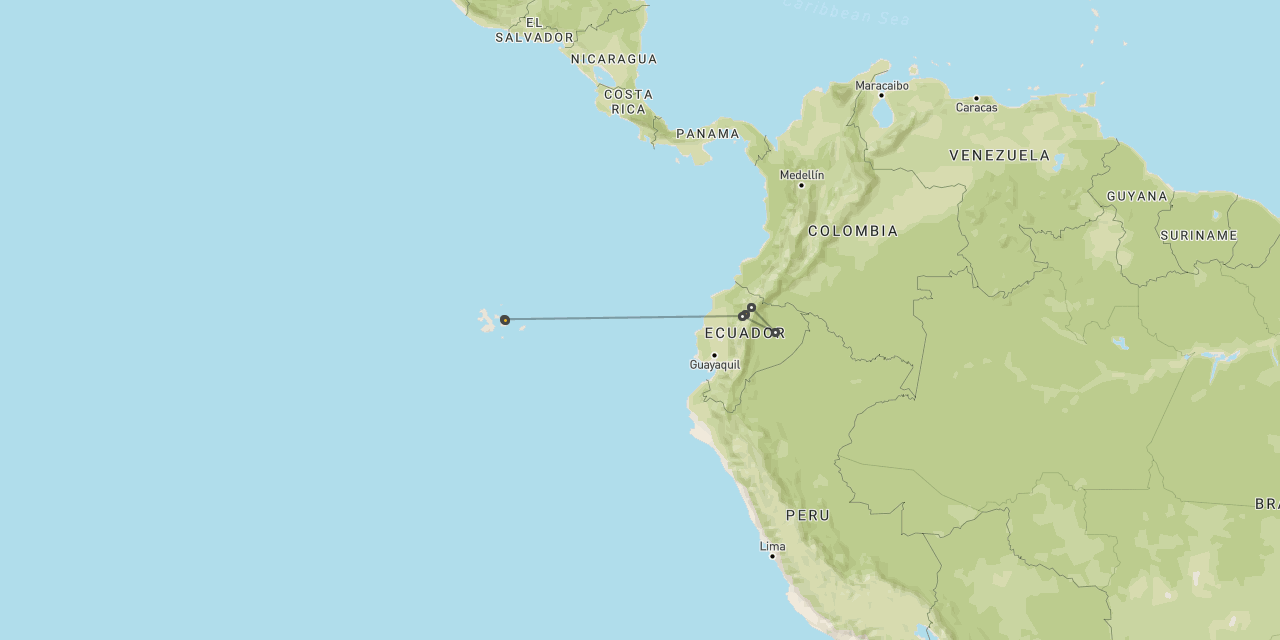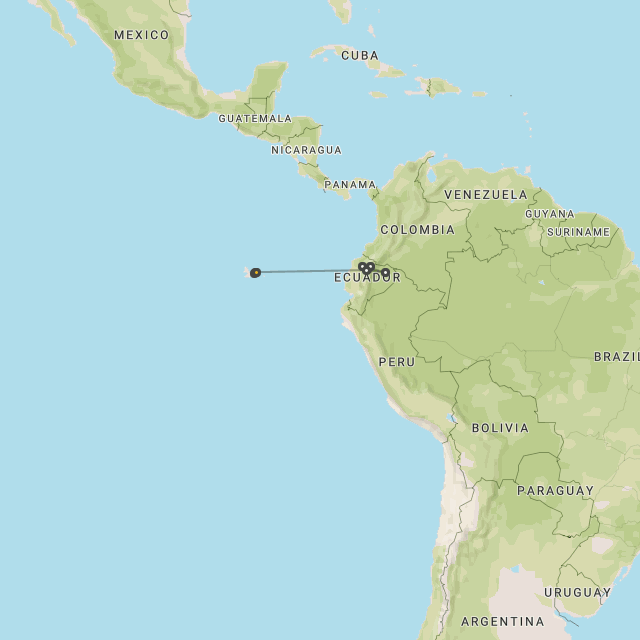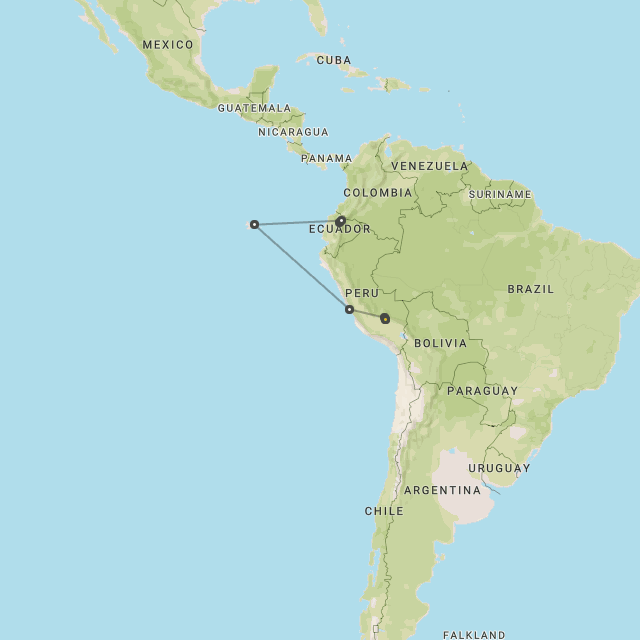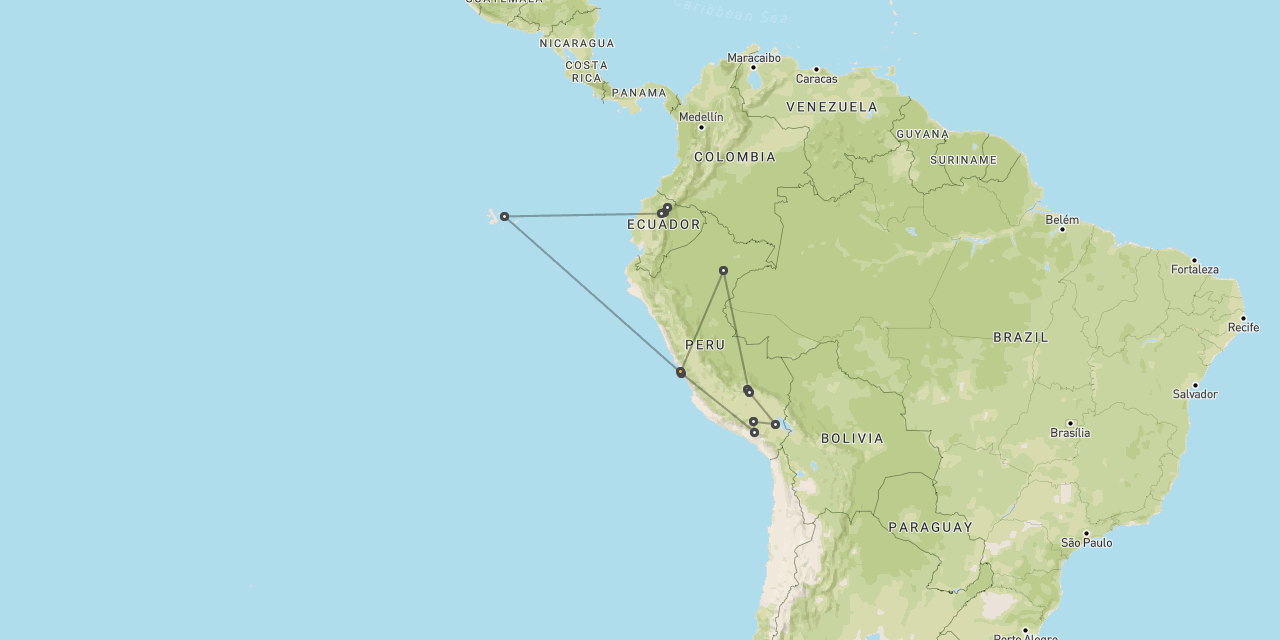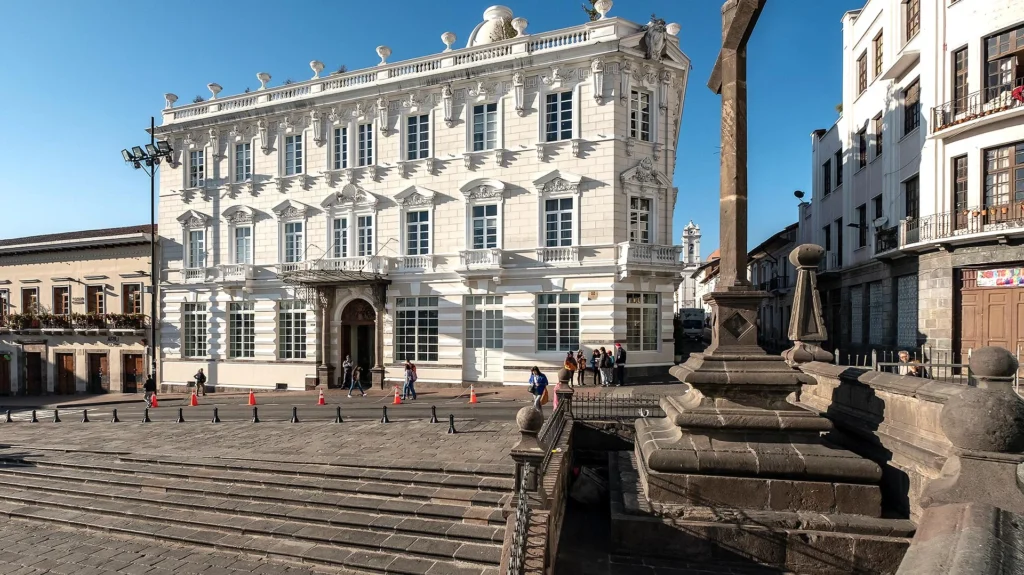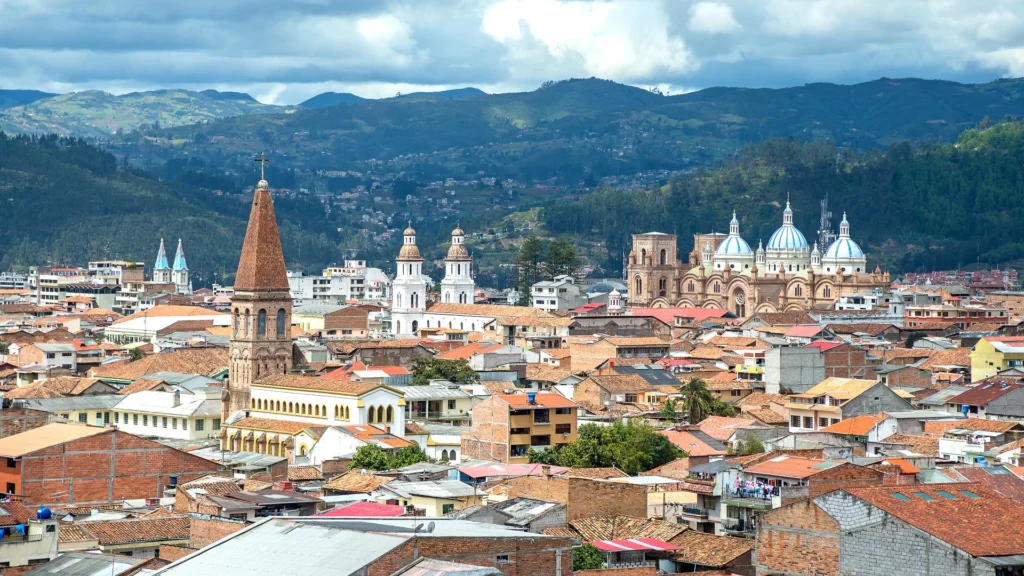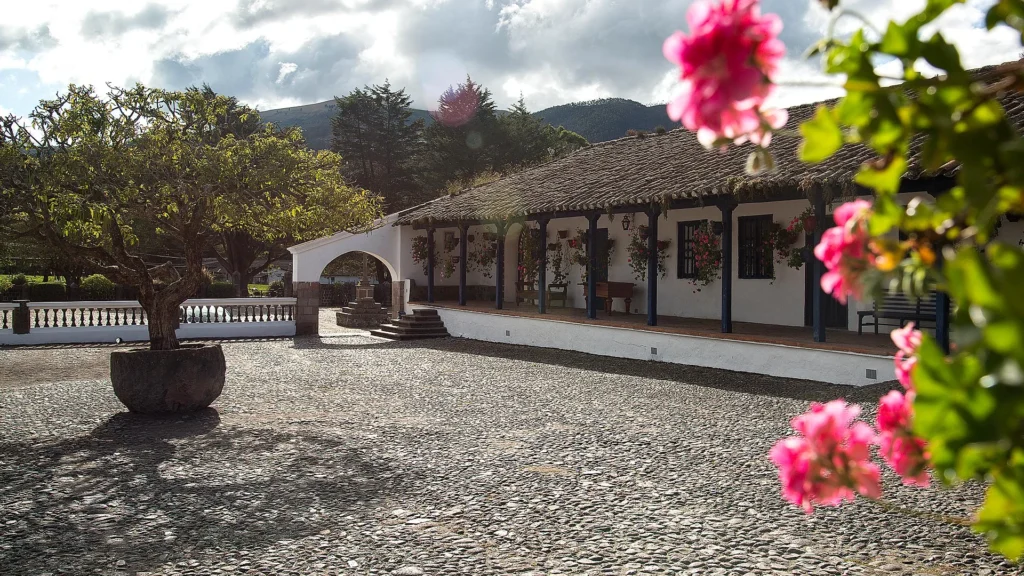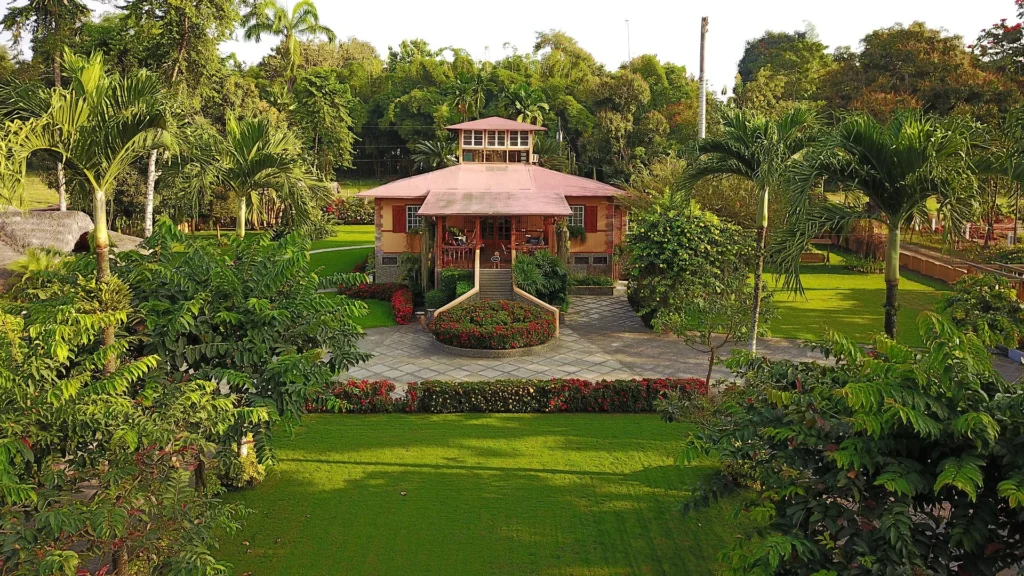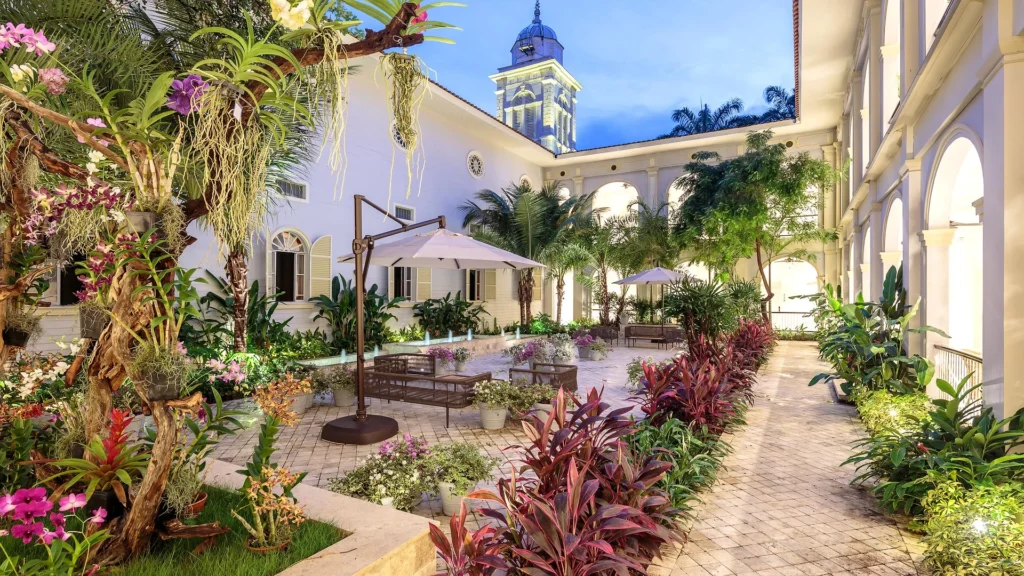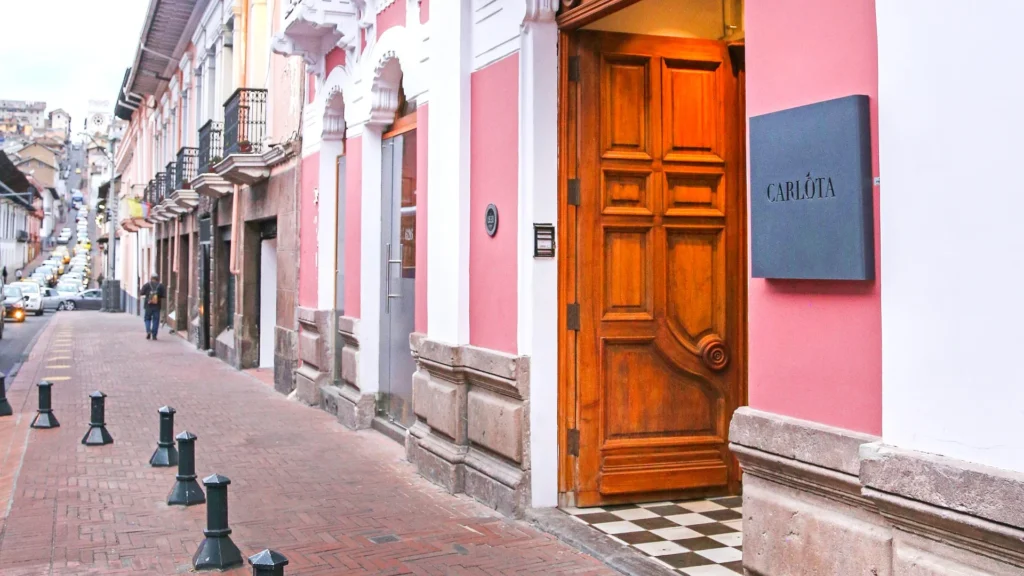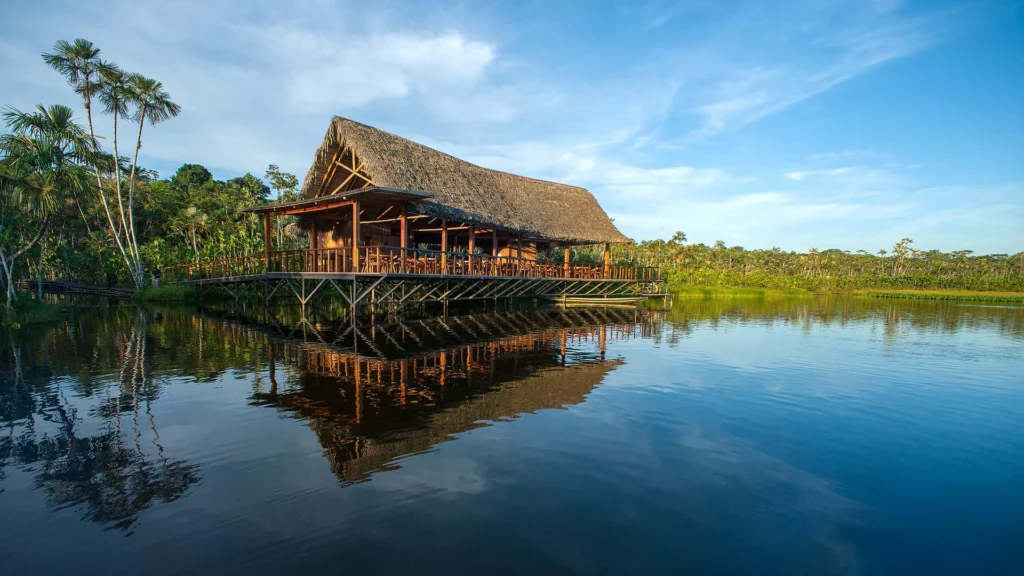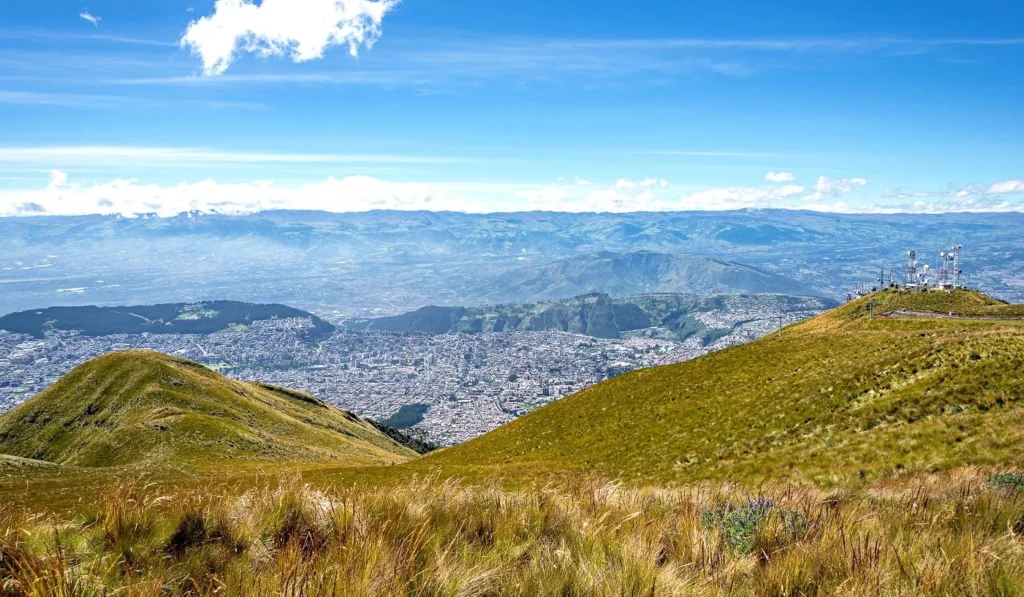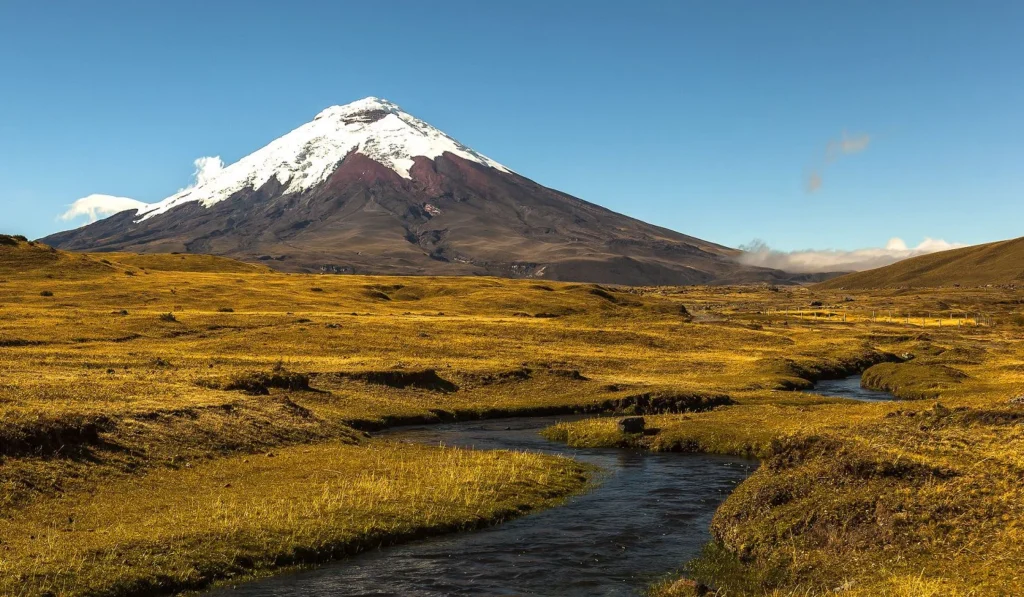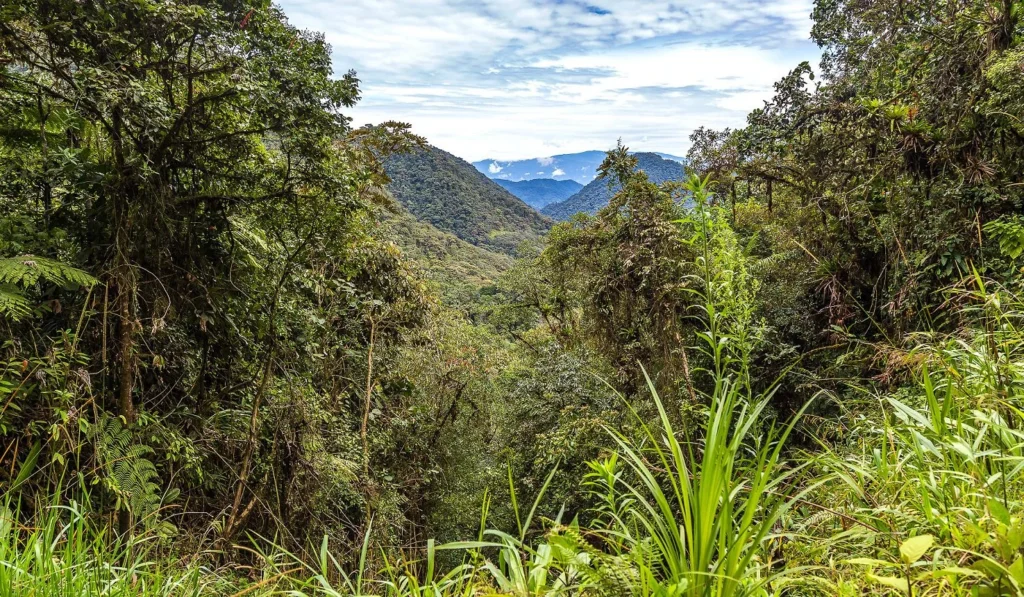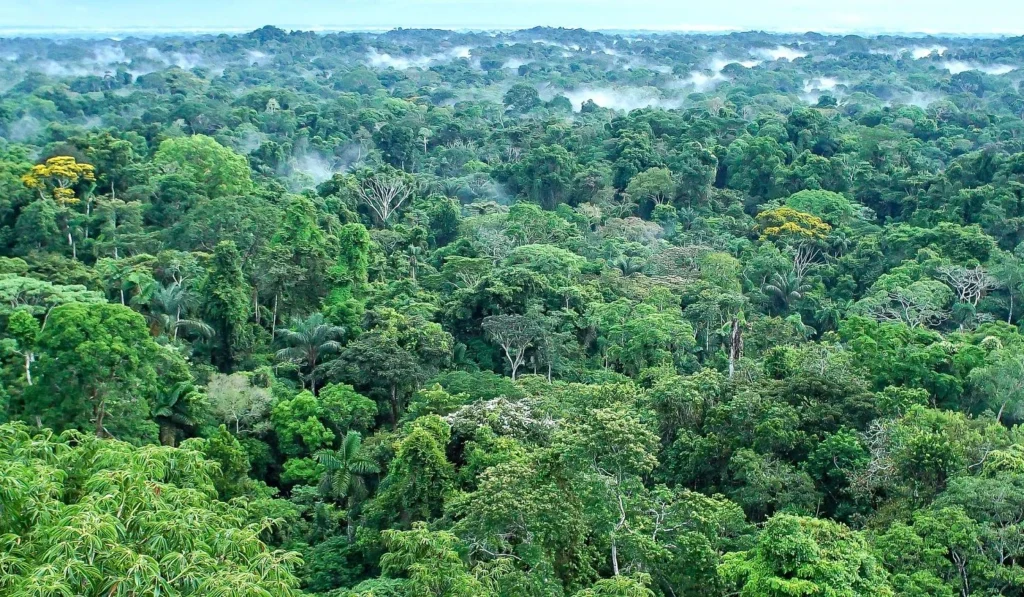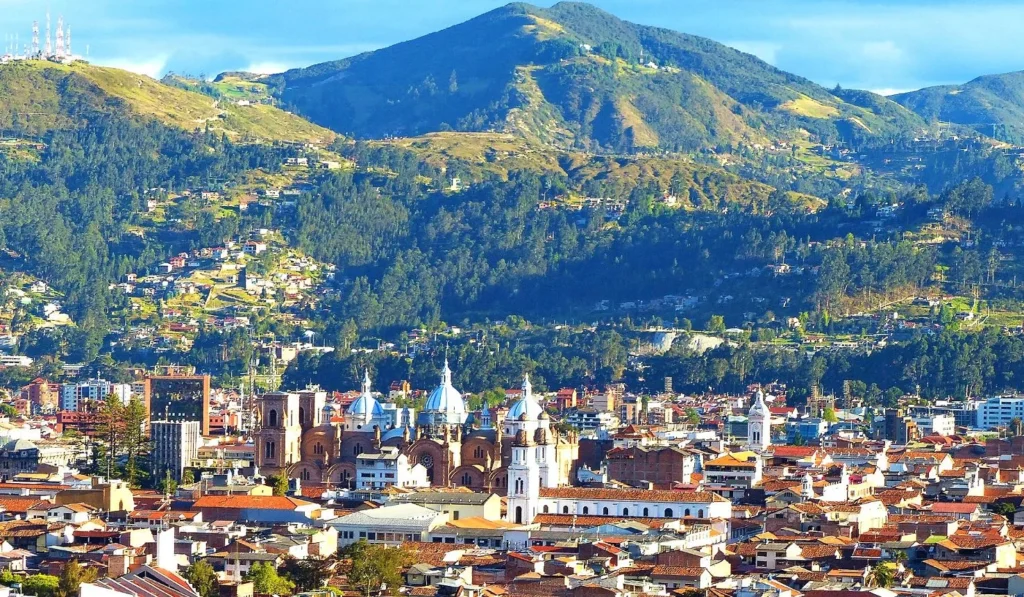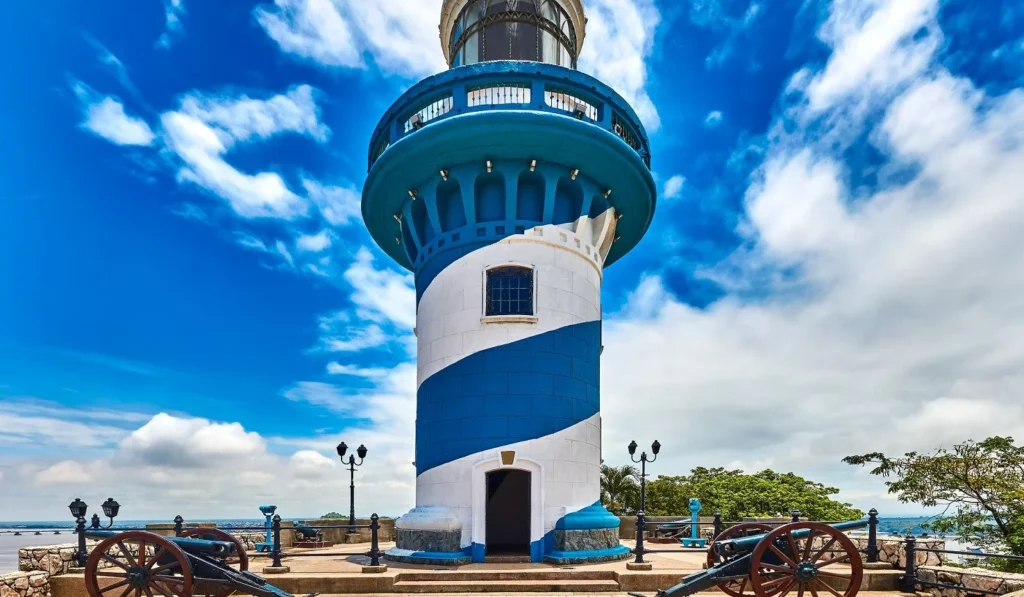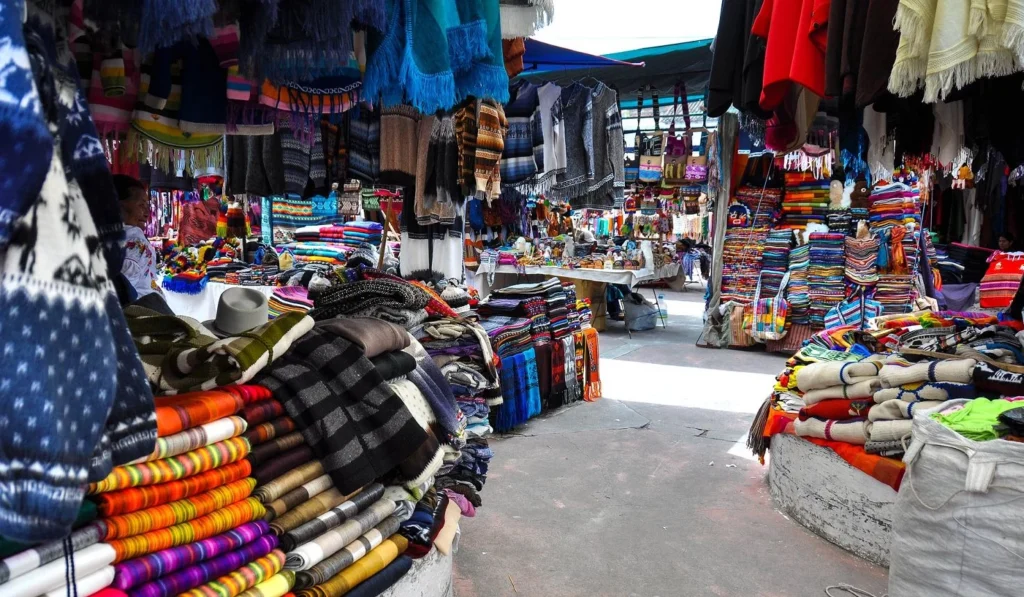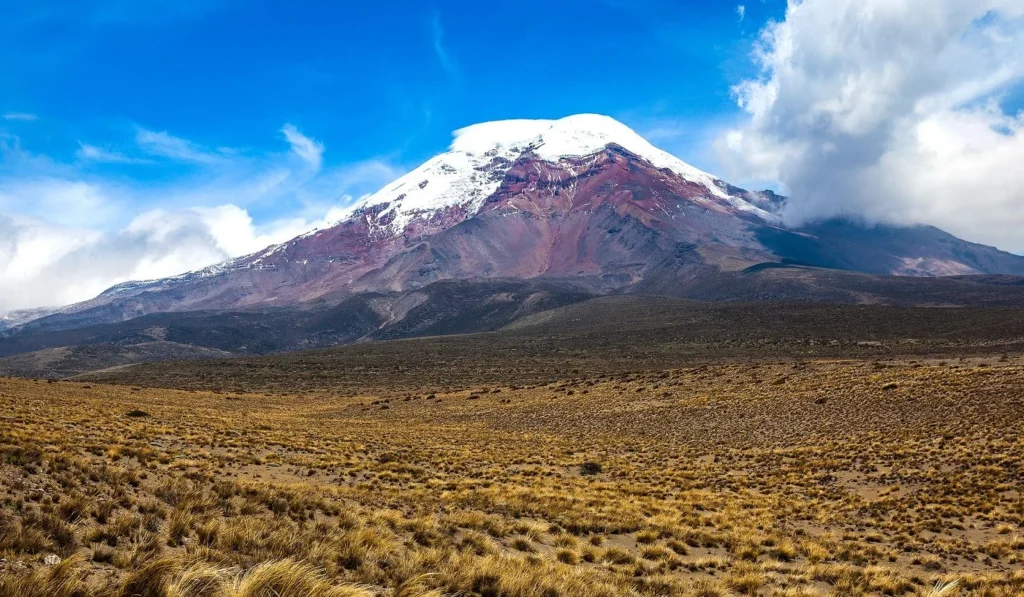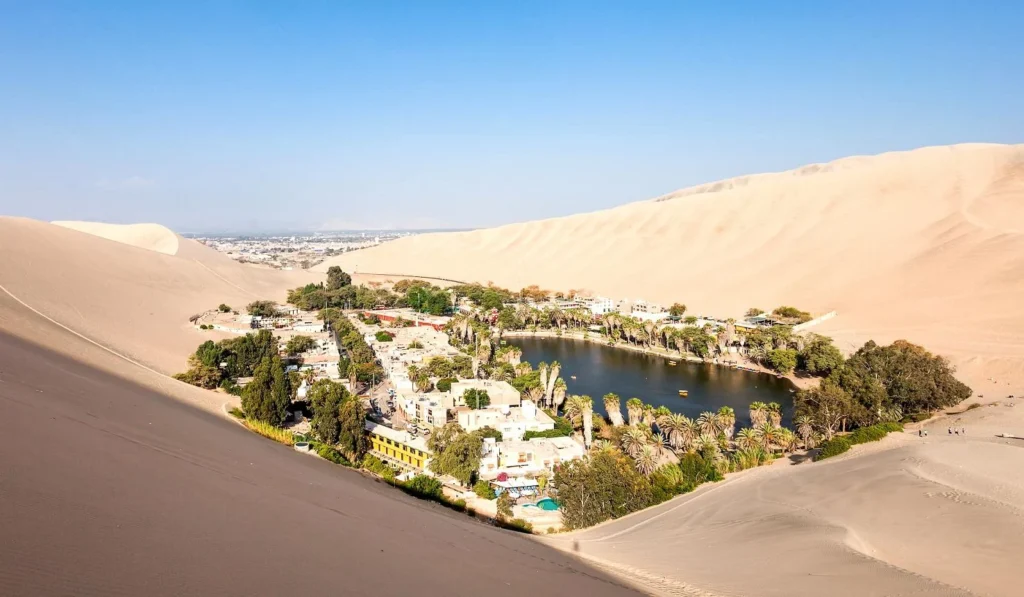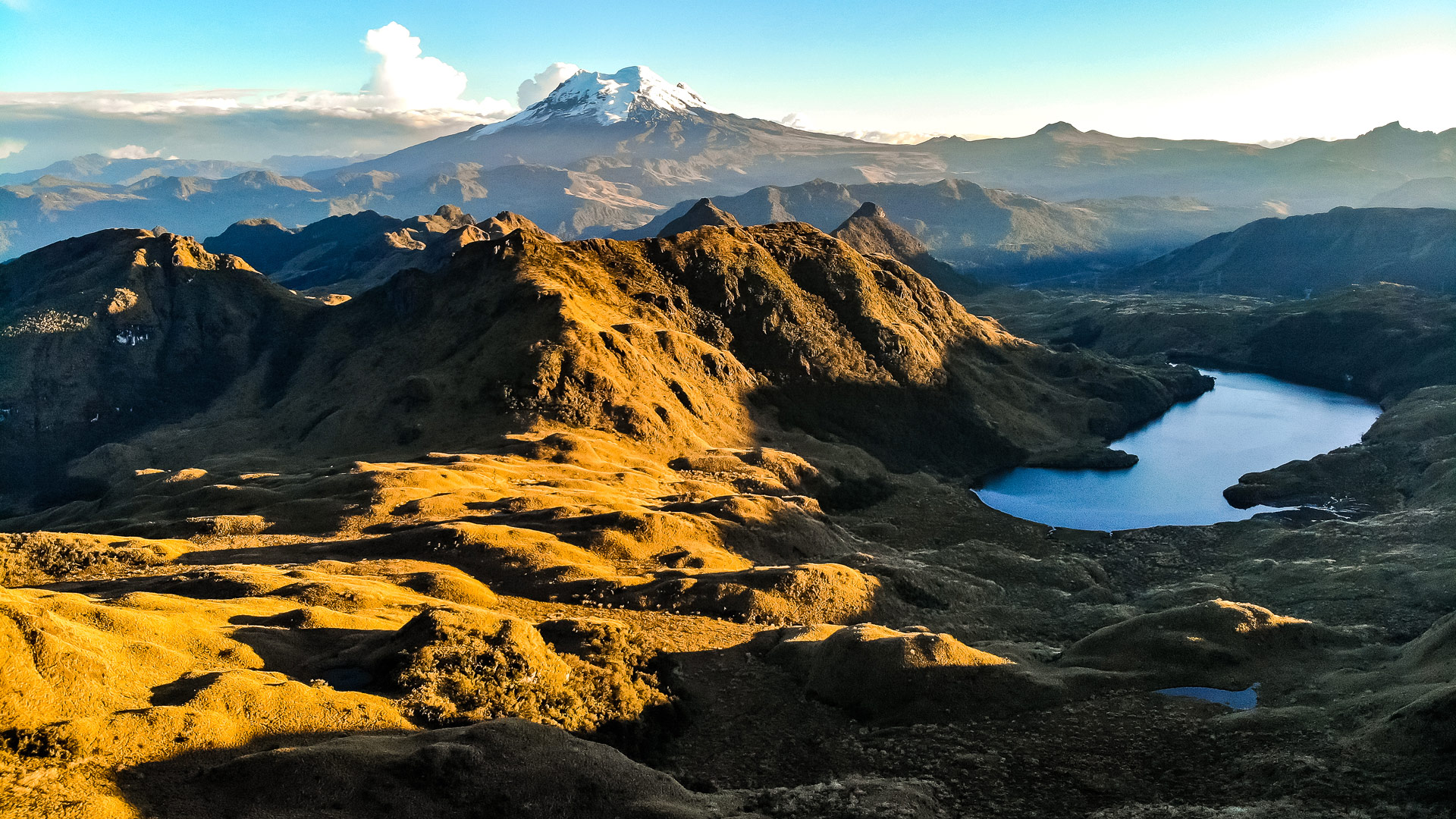
Safari to Antisana
Antisana
is a volcanic national park,
surprisingly little-visited
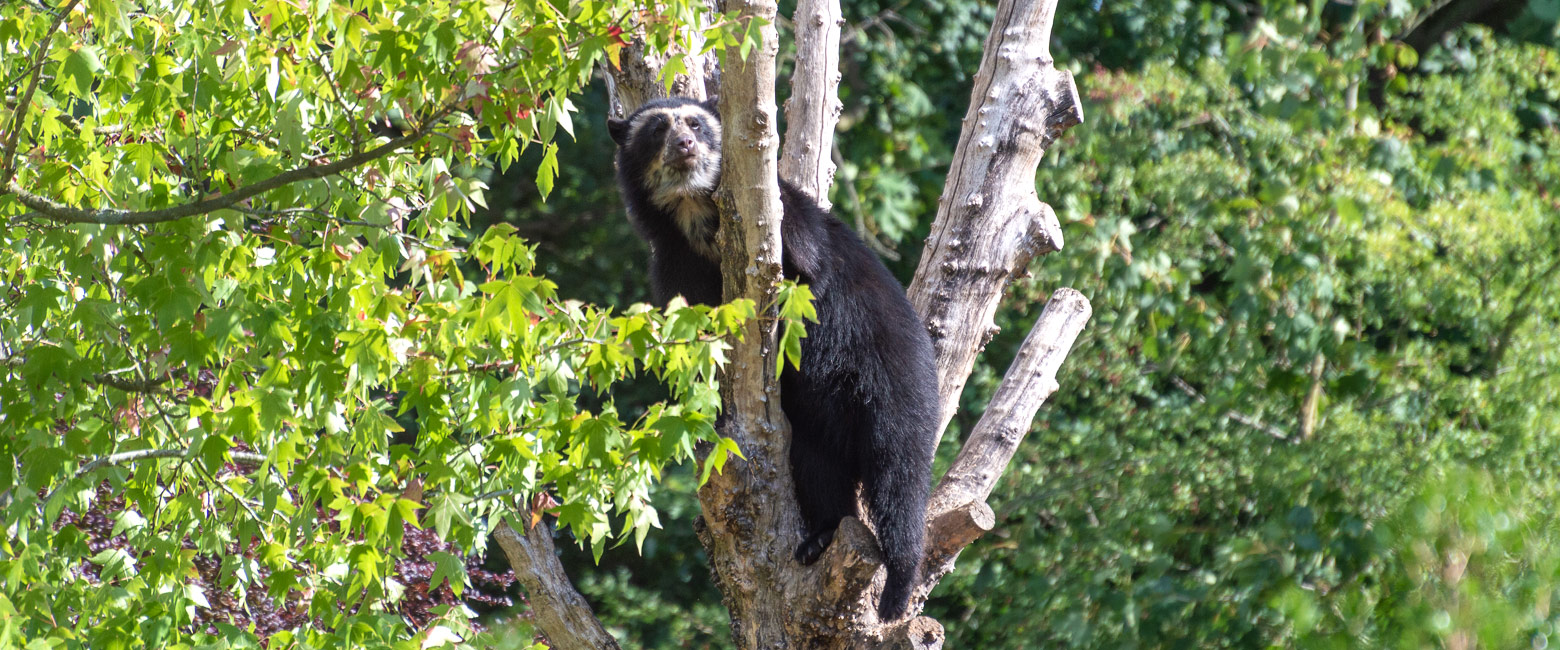
outside chances of spotting rare spectacled bears
At a very impressive 5704 metres (18,714’), Antisana is the fourth highest volcano in Ecuador.
The snow-capped peak itself is considered to be one of the most challenging technical climbs and the ascent is not an activity that we offer.
The mountain is protected by the Reserva Ecológica Antisana, which extends over 1200 square kilometres (463 square miles), protecting a good range of landscapes, including high altitude scree slopes, Arctic deserts, páramo grasslands and lush cloud forests.
Despite the proximity to Quito and the ease with which the reserve can be reached by road from the capital, Antisana is a remarkably little-visited and under-utilised reserve, a great contrast to the relatively busy Cotopaxi area.
The main reason that we include the area in trips is in order to view spectacled bears. Although these wonderful and iconic animals are notoriously difficult to find, our naturalist-guides have been working with the national park rangers to monitor their movements. We are now able to deliver encounters with a reliability of around 90% year round. These sightings are usually at a range of 150-800 metres (500-2600’), so you will need binoculars and telephoto lenses, but our guests often see large males up to 135 kg (300 pounds) and mothers with small cubs.
During Feb-Jun this is probably the best location in South America for viewing spectacled bears in the wild. During the converse Jul-Jan period, sightings at Maquipucuna Lodge in the Bosque Nuboso area to the north can be much more intimate, so we tend to include both areas for guests who are really keen to see these exciting and very attractive creatures.
Whilst in Antisana, there are also good opportunities for bird-watching, plus some particularly impressive young lava flows and pretty waterfalls on the Rio Loreto.
Birding highlights in this area include Andean condors, black-breasted eagles, sparrowhawks, caracaras (curiquingues), sparrows, blackbirds, tanagers, torrent ducks, brown ducks, kingfishers, antpittas, trogons, hummingbirds and masked flowerpiercers (pinchaflores).
Mammals in the area are elusive, but do include pumas, maned wolves, vizcachas (rabbit-like rodents), cervicapra antelopes, brocket deers, Andean weasels (chucuris), mountain pacas, hog-nosed skunks, mountain tapirs and mountain coatis.
The active volcanic nature of the area is also evident in the hot springs at Papallacta, where a thermal spa hotel makes for a suitable spot to stay overnight.
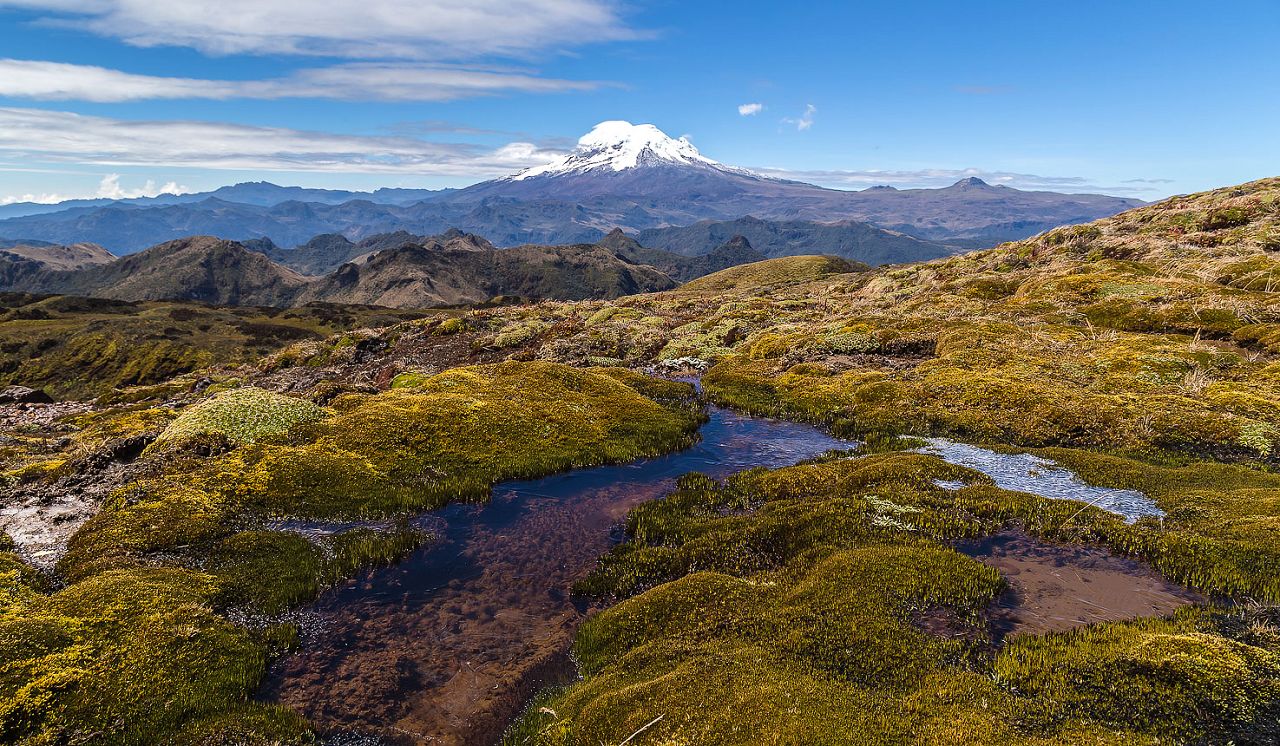
Gallery
Map
The best time to visit Antisana is generally considered to be during the Jun-Sep dry season.
Antisana has a subtropical highland climate. Temperatures are almost constant year round, with the two seasons being largely defined by the variation in rainfall.
During the Jun-Sep dry season conditions are usually warm and dry, with lots of sunshine. Average daytime temperatures usually reach around 21C/70F, with nighttime lows holding up around 16C/61F. Rainfall is relatively low, at around 25mm (1”) per month. Sunshine is up around 8 hours per day, which is around 70% of daylight hours.
During the Oct-May rainy season conditions are usually warm and wet, with more overcast skies. Average daytime temperatures usually reach around 21C/70F, with nighttime lows holding up around 16C/61F. Rainfall is relatively high, at around 100mm (4”) per month, rising to 175mm (7”) in Mar-Apr. Sunshine drops to around 6 hours per day, which is around 50% of daylight hours, but can be considerably lower during that core Mar-Apr period.
Getting there
Antisana is located around 70 km (42 miles) west of the capital Quito and can be reached by road in about 90 minutes, depending on the traffic coming out of the city.
The E20 highway that heads out this way actually continues down the eastern slopes of the Andes and out through the forests of the Amazon Basin, to reach the frontier town of Puerto Francisco de Orellana (El Coca) in about 5-6 hours.
Although this is a very interesting way to connect down to the lodges of the Yasuni Amazon area, the reality is that the journey usually ends up being too much of a hassle to include in many trips, especially given the need to overnight in El Coca before connecting to boats down the Rio Napo to the camps.
For this reason, most people end up heading the way they came, taking the E20 back towards Quito.
Where to stay
Whilst it’s very definitely possible to visit the Antisana area on a day trip from Quito, we generally prefer to overnight in the area, mainly because we feel that it substantially increases the chances of good encounters with spectacled bears, but also because we quite like the quirky hotel up here, which is set around some thermal springs.
too peripheral for most of our guests
let us know your thoughts about Ecuador
and we will help you create the perfect trip
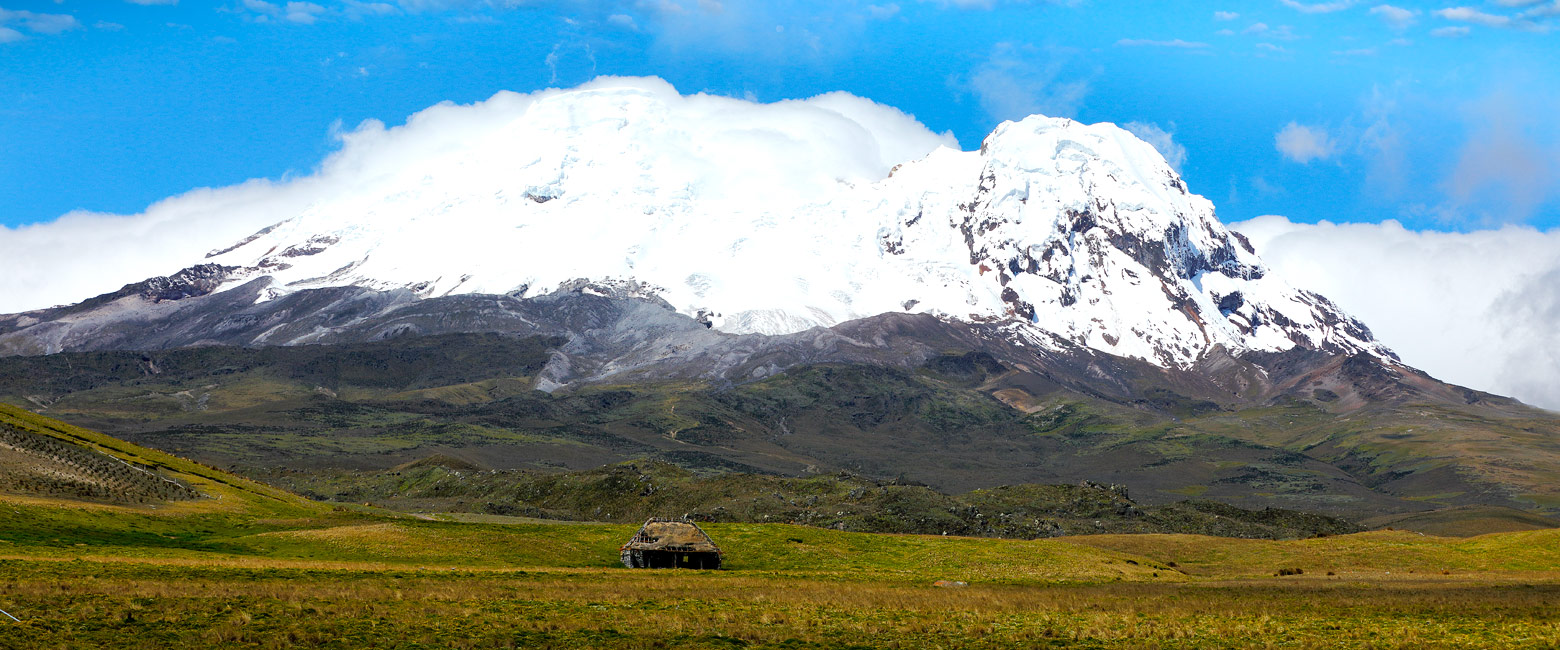
Extraordinary tailor-made adventures,
from earthy and edgy to easy and extravagant
From around USD 2500 per person, you set the ceiling
Sample Trips
Here are some of our popular trip shapes
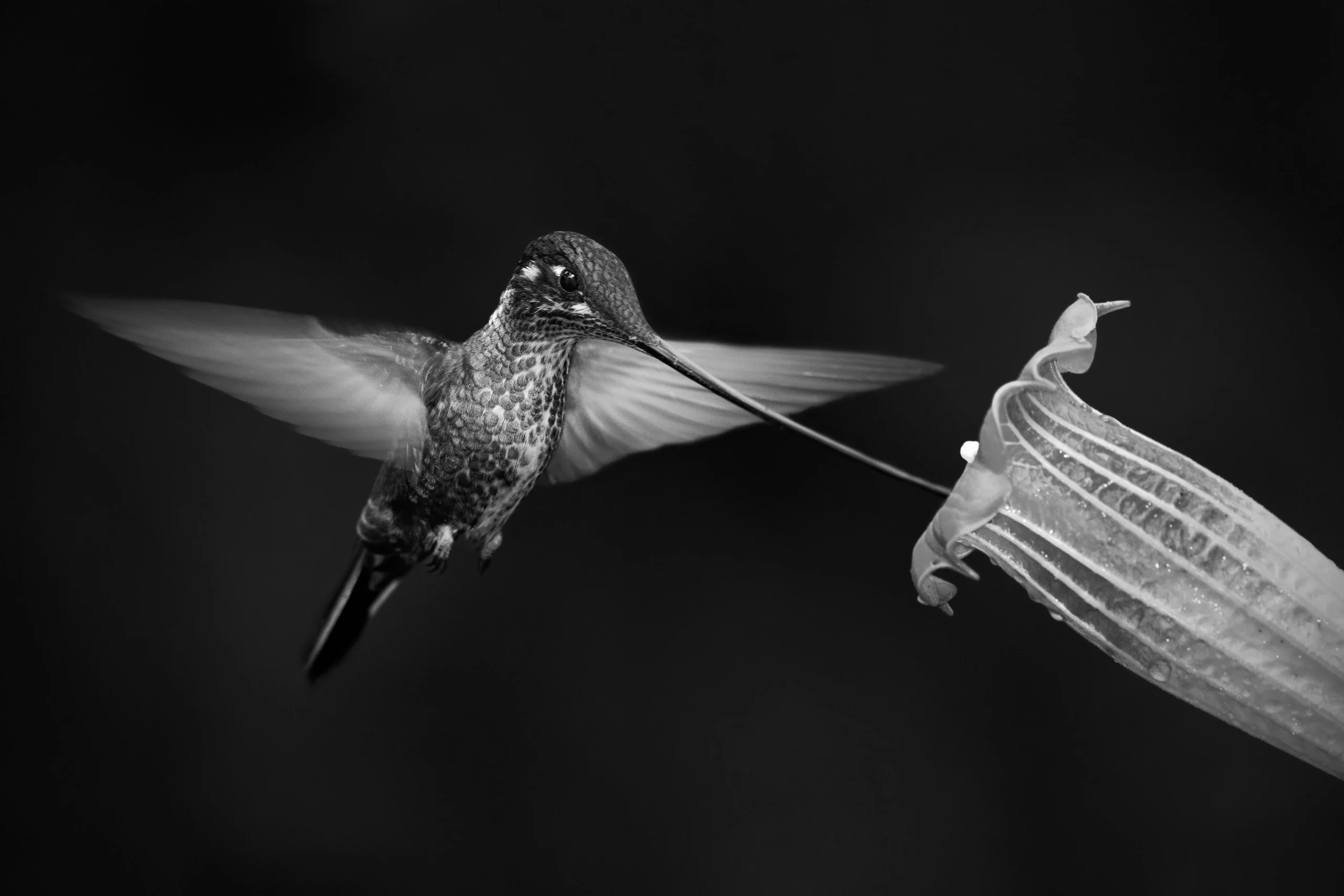
Get started on your trip
It’s never too soon to get in touch, we are here to help with every stage of your planning.
Best Lodges
We regularly inspect and photograph all of the the best lodges, to ensure that we always recommend the most suitable options
Key Locations
Take a look around related locations. Click ‘View more’ to explore locations further afield.
Where Next?
Where Next?
We offer trips to dozens of fabulous countries.
Might one of these might be your next great adventure?
Please rotate your screen.











